Home>Furniture & Design>Interior Design Trends>Why Put A Glass Of Water Next To A Candle
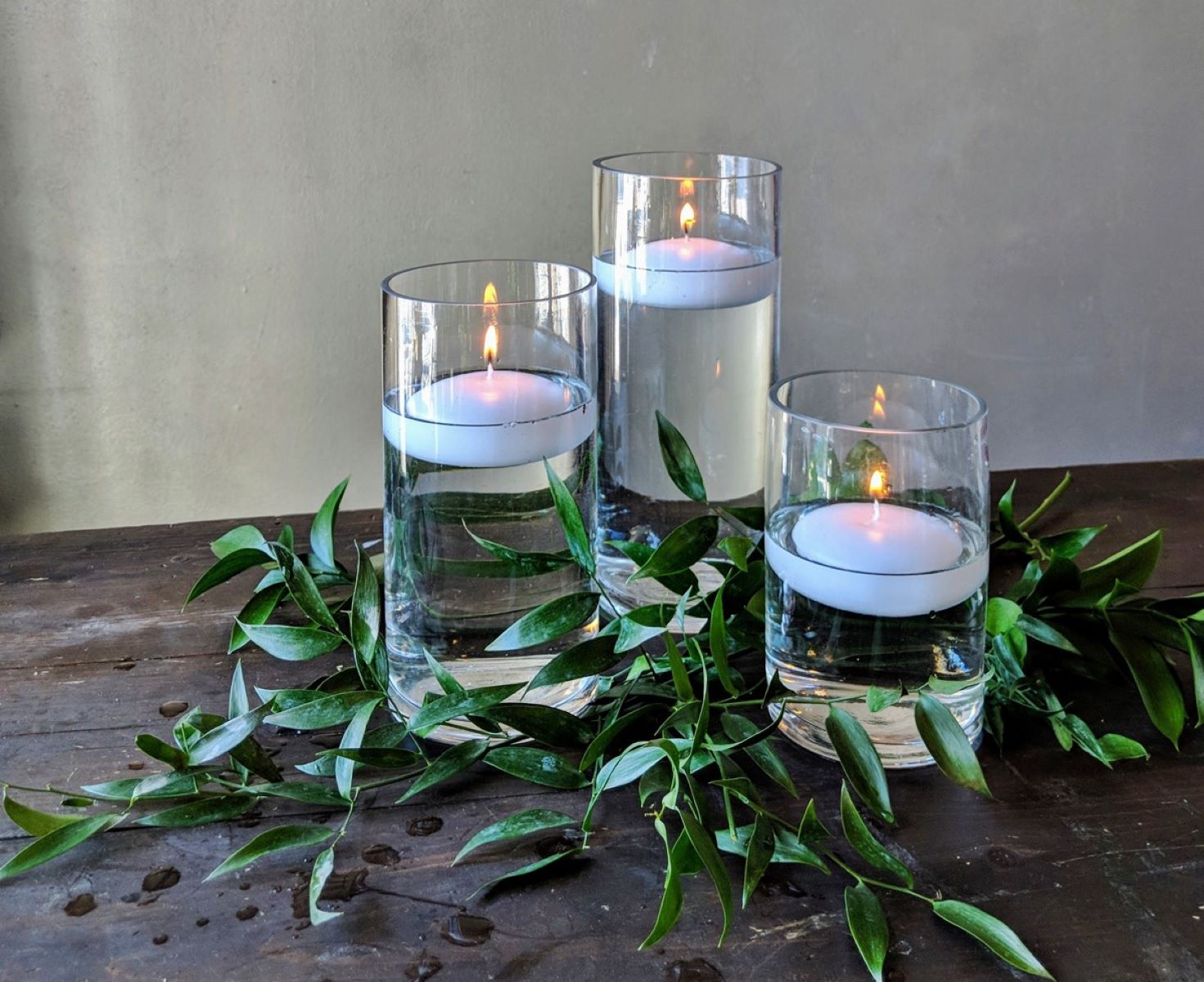

Interior Design Trends
Why Put A Glass Of Water Next To A Candle
Modified: February 18, 2024
Discover the latest interior design trends and learn why placing a glass of water next to a candle can enhance your home decor. Explore innovative ideas for a stylish living space.
(Many of the links in this article redirect to a specific reviewed product. Your purchase of these products through affiliate links helps to generate commission for Storables.com, at no extra cost. Learn more)
Introduction
Placing a glass of water next to a candle may seem like a simple and unassuming act, but the impact it can have is truly remarkable. This age-old practice has been embraced by individuals seeking to create a serene and harmonious ambiance in their living spaces. The gentle flicker of a candle's flame combined with the presence of a glass of water evokes a sense of tranquility and balance, making it a popular choice for those who appreciate the art of interior design and the science of ambiance creation.
The act of placing a glass of water next to a candle is not merely a decorative choice; it holds a deeper significance that resonates with both the mind and the senses. The interplay between the elements of fire and water has long been revered for its ability to foster a calming and soothing atmosphere. This practice transcends mere aesthetics, delving into the realms of science and holistic well-being. As we delve into the science behind this practice, we will uncover the fascinating dynamics at play and the profound impact it can have on our surroundings.
Key Takeaways:
- Placing a glass of water next to a candle creates a soothing atmosphere by increasing humidity and purifying the air, making living spaces visually captivating and conducive to well-being.
- By combining a glass of water with a candle, you can create a harmonious and balanced environment that engages multiple senses, promoting relaxation and mindfulness in your living space.
Read more: Why Did My Glass Candle Explode
The Science Behind It
The placement of a glass of water next to a candle is not merely a matter of aesthetics; it is rooted in the fundamental principles of science and the interplay of natural elements. This practice harnesses the captivating dynamics of heat, air, and moisture to create a harmonious and balanced environment.
When a candle is lit, it initiates a process of combustion, generating heat and light. As the flame burns, it heats the surrounding air, causing it to rise. This upward movement of air creates a gentle circulation within the immediate vicinity of the candle. The introduction of a glass of water into this environment introduces an intriguing dynamic.
The presence of the glass of water serves as a natural humidifier, releasing moisture into the air as it evaporates. This moisture interacts with the heated air, creating a subtle and beneficial effect. The combination of warm air and moisture contributes to an increase in humidity levels, which can be particularly beneficial in dry or arid environments.
Furthermore, the introduction of moisture into the air can help to mitigate the potentially drying effects of the candle's heat. This is especially relevant in indoor settings where artificial heating or air conditioning systems may contribute to reduced humidity levels. The gentle infusion of moisture from the glass of water can counteract this, contributing to a more comfortable and balanced atmosphere.
Moreover, the presence of water can also serve as a natural filter, capturing and neutralizing airborne particles and impurities. As the water evaporates, it can trap dust and other contaminants, effectively purifying the air in the immediate vicinity of the candle. This process aligns with the principles of holistic well-being, as it promotes a cleaner and healthier indoor environment.
In essence, the science behind placing a glass of water next to a candle revolves around the harmonious interaction of heat, air, and moisture. This practice harnesses the innate properties of these elements to create a more balanced and comfortable atmosphere, enriching the sensory experience and contributing to a heightened sense of well-being.
The next section will delve into the myriad benefits of incorporating a glass of water alongside a candle, shedding light on the transformative impact it can have on our living spaces.
Benefits of Putting a Glass of Water Next to a Candle
Placing a glass of water next to a candle yields a myriad of benefits that extend beyond mere visual appeal. This simple yet profound practice enhances the ambiance of a space while offering tangible advantages for holistic well-being.
-
Enhanced Humidity: The presence of a glass of water alongside a candle serves as a natural humidifier, releasing moisture into the air as it evaporates. This gentle infusion of humidity can be particularly beneficial in dry or arid environments, contributing to a more comfortable and balanced atmosphere.
-
Air Purification: As the water evaporates, it acts as a natural filter, capturing and neutralizing airborne particles and impurities. This process helps to purify the air in the immediate vicinity of the candle, promoting a cleaner and healthier indoor environment.
-
Balanced Atmosphere: The interplay of heat, air, and moisture facilitated by the combination of a candle and a glass of water creates a harmonious and balanced atmosphere. This dynamic equilibrium fosters a sense of tranquility and well-being, enriching the sensory experience within the space.
-
Soothing Ambiance: The gentle flicker of a candle's flame combined with the presence of a glass of water evokes a serene and calming ambiance. This harmonious interplay of elements appeals to the senses, creating a soothing environment that promotes relaxation and mindfulness.
-
Aesthetic Appeal: Beyond its functional benefits, the visual combination of a candle and a glass of water adds an elegant and enchanting touch to any setting. The interplay of light and reflection enhances the visual appeal of the space, elevating its aesthetic allure.
-
Holistic Well-Being: The holistic benefits of incorporating a glass of water next to a candle extend to the realm of well-being. The harmonious atmosphere created by this practice contributes to a sense of balance and tranquility, fostering a space that supports mental and emotional wellness.
-
Sensory Enrichment: The presence of a glass of water alongside a candle engages multiple senses, creating a multi-dimensional sensory experience. The gentle sound of water, the flickering of the flame, and the subtle interplay of light and moisture converge to enrich the sensory landscape of the space.
In essence, the practice of placing a glass of water next to a candle transcends mere decoration, offering tangible benefits that encompass physical, emotional, and sensory dimensions. This harmonious combination harnesses the inherent properties of fire and water to create a space that is not only visually captivating but also conducive to holistic well-being.
Placing a glass of water next to a candle can help maintain the humidity in the air, preventing dryness and potential fire hazards.
Tips for Using a Glass of Water with a Candle
When incorporating a glass of water alongside a candle, there are several tips and considerations that can enhance the effectiveness and aesthetic appeal of this practice. These tips serve to optimize the interplay between the elements of fire and water, creating a harmonious and balanced atmosphere within the living space.
-
Choose the Right Container: Select a glass or transparent vessel that complements the aesthetic of the candle and the surrounding decor. The container should be heat-resistant and spacious enough to accommodate the candle while allowing for the gentle evaporation of water.
-
Positioning: Place the glass of water within close proximity to the candle, allowing for the natural interplay of heat and moisture. Positioning the glass strategically can enhance the diffusion of humidity and the visual allure of the combined elements.
-
Refill and Refresh: Regularly replenish the water in the glass to ensure a consistent release of moisture into the air. This practice maintains the optimal humidity levels and sustains the air-purifying effects of the evaporating water.
-
Experiment with Aromatics: Consider infusing the water with essential oils or fragrant botanicals to introduce subtle scents into the environment. This adds an olfactory dimension to the ambiance, enhancing the sensory experience and promoting relaxation.
-
Candle Selection: Choose candles that complement the presence of water, such as floating candles or those housed in glass containers. These options harmonize with the concept of water adjacency and contribute to a cohesive visual narrative.
-
Maintenance: Keep the area around the candle and the glass of water clean and free from debris. Regular maintenance ensures that the ambiance remains pristine and that the interplay of light and moisture is unhindered.
-
Consider the Setting: Tailor the placement of the glass of water and the candle to suit the specific setting and purpose. For example, in a meditation space, positioning the elements to facilitate a serene and contemplative atmosphere can amplify the benefits of this practice.
-
Reflective Surfaces: Introduce reflective surfaces near the candle and the glass of water to enhance the play of light and create captivating visual effects. Mirrors or metallic accents can amplify the luminous interplay, adding depth and dimension to the space.
By incorporating these tips, individuals can elevate the practice of placing a glass of water next to a candle, maximizing its potential to create a harmonious, visually captivating, and emotionally enriching environment. These considerations empower individuals to harness the inherent properties of fire and water, transforming their living spaces into havens of tranquility and well-being.
Conclusion
In conclusion, the practice of placing a glass of water next to a candle transcends mere decoration, offering a profound and multi-faceted approach to enhancing the ambiance of living spaces. The interplay between the elements of fire and water, rooted in the fundamental principles of science and holistic well-being, creates a harmonious and balanced atmosphere that resonates with the senses and the soul.
By harnessing the captivating dynamics of heat, air, and moisture, this practice introduces a subtle yet transformative influence on the indoor environment. The gentle infusion of humidity, the air-purifying effects, and the creation of a soothing ambiance contribute to a space that is not only visually captivating but also conducive to holistic well-being.
Furthermore, the incorporation of a glass of water alongside a candle offers a sensory journey that engages multiple dimensions of human experience. The flickering of the flame, the gentle sound of water, and the interplay of light and moisture converge to create a multi-dimensional sensory landscape that enriches the living space.
As individuals embrace the art of interior design and seek to cultivate environments that support well-being and tranquility, the practice of placing a glass of water next to a candle emerges as a timeless and meaningful tradition. Its ability to create a serene and harmonious ambiance, purify the air, and evoke a sense of balance and tranquility aligns with the aspirations of those who seek to craft living spaces that nurture the mind, body, and spirit.
In essence, the practice of placing a glass of water next to a candle serves as a testament to the profound impact that simple yet intentional acts can have on our surroundings. It invites us to embrace the inherent beauty and transformative potential of natural elements, fostering a deeper connection with the spaces we inhabit and the experiences we cherish.
As we continue to explore the intricate relationship between design, science, and well-being, the practice of placing a glass of water next to a candle stands as a timeless reminder of the profound influence that thoughtful and purposeful design can have on our lives. It is a testament to the enduring allure of elemental harmony and the timeless appeal of creating spaces that resonate with tranquility, balance, and beauty.
Frequently Asked Questions about Why Put A Glass Of Water Next To A Candle
Was this page helpful?
At Storables.com, we guarantee accurate and reliable information. Our content, validated by Expert Board Contributors, is crafted following stringent Editorial Policies. We're committed to providing you with well-researched, expert-backed insights for all your informational needs.

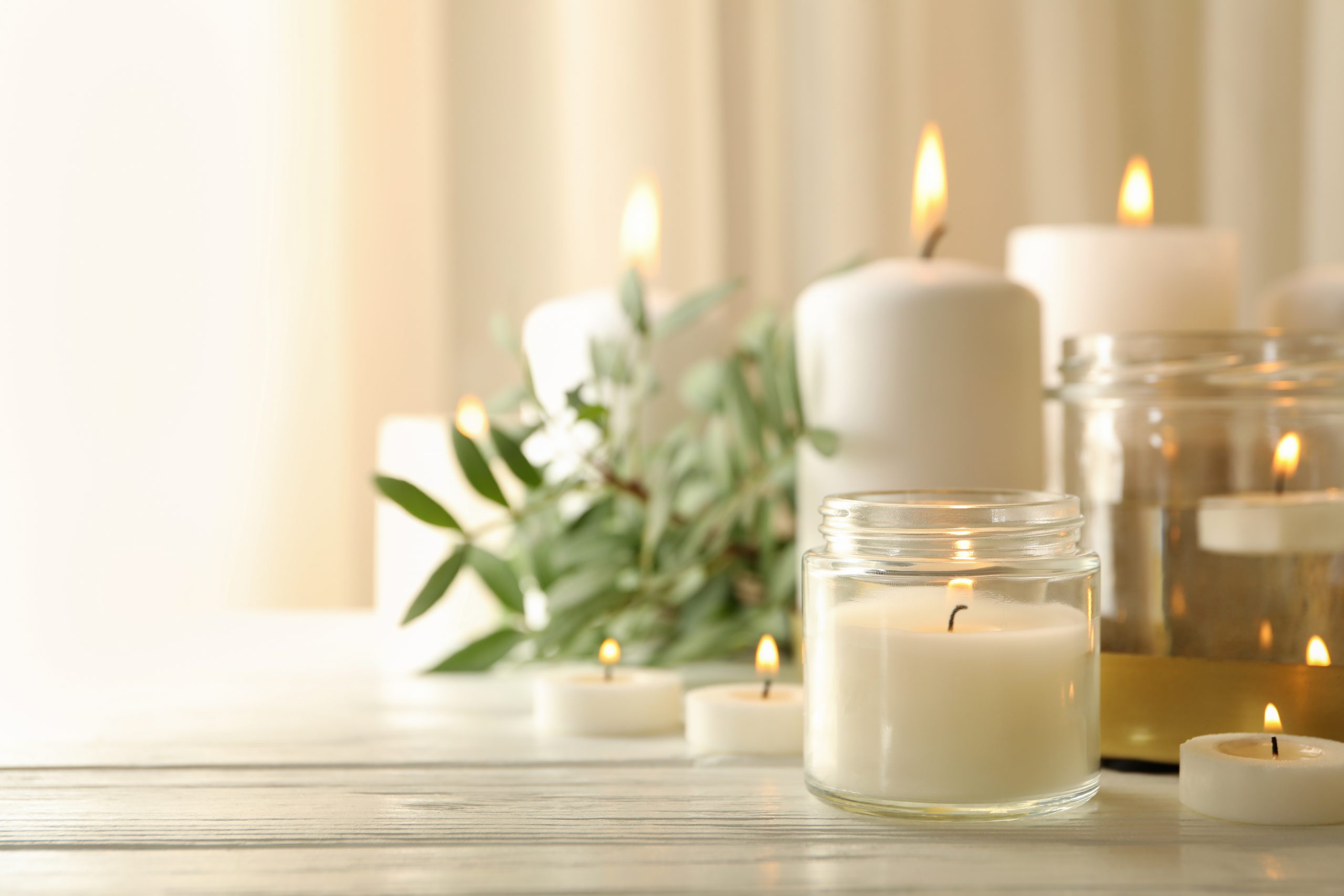

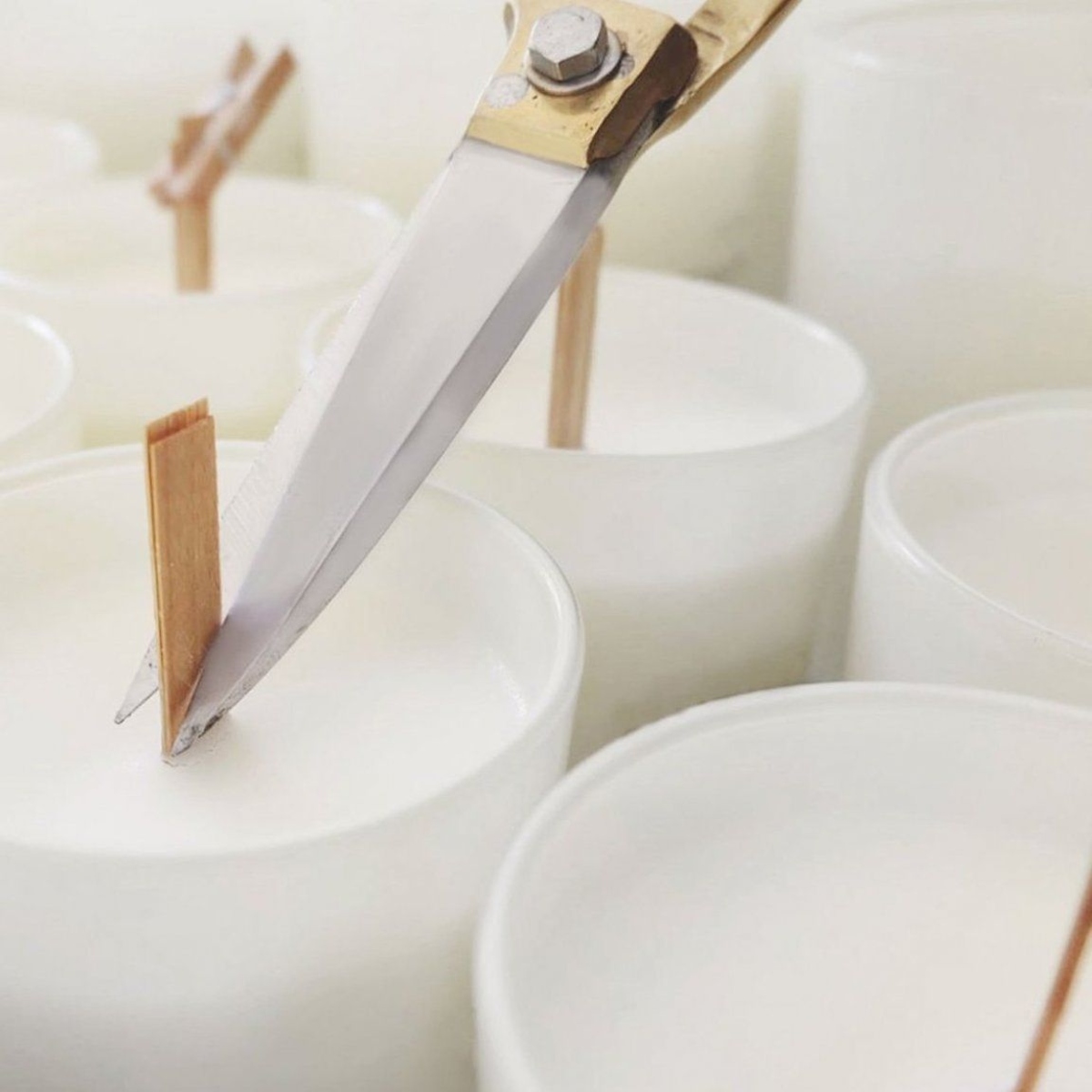
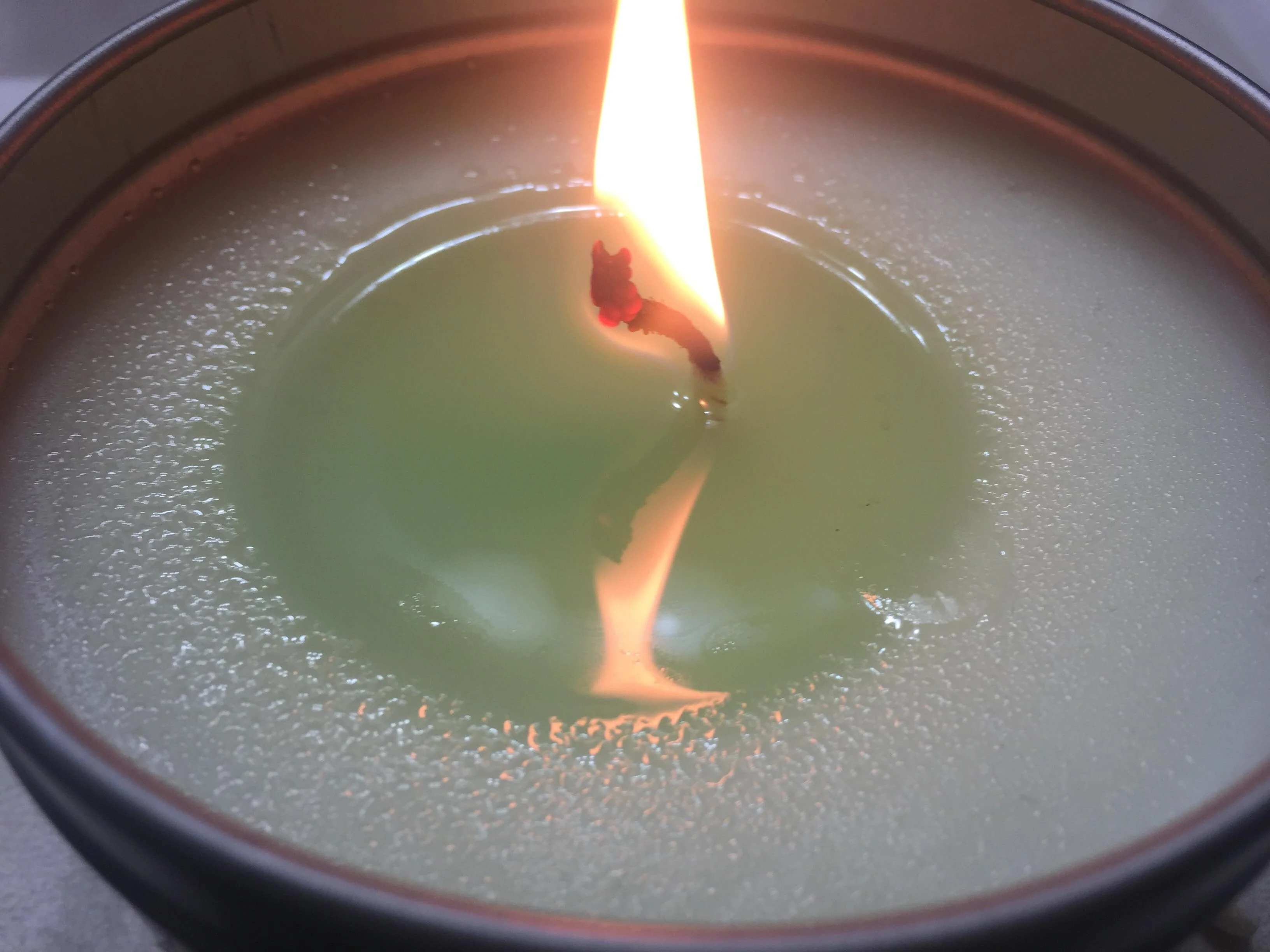
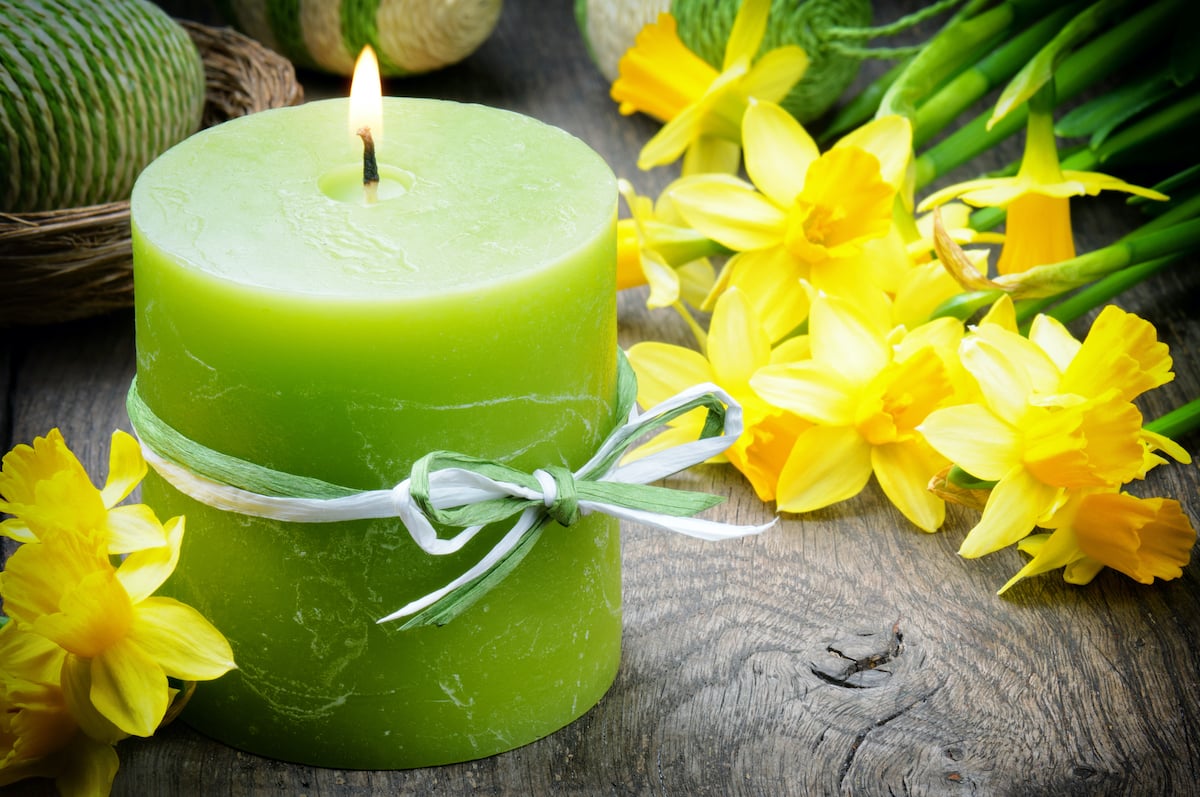

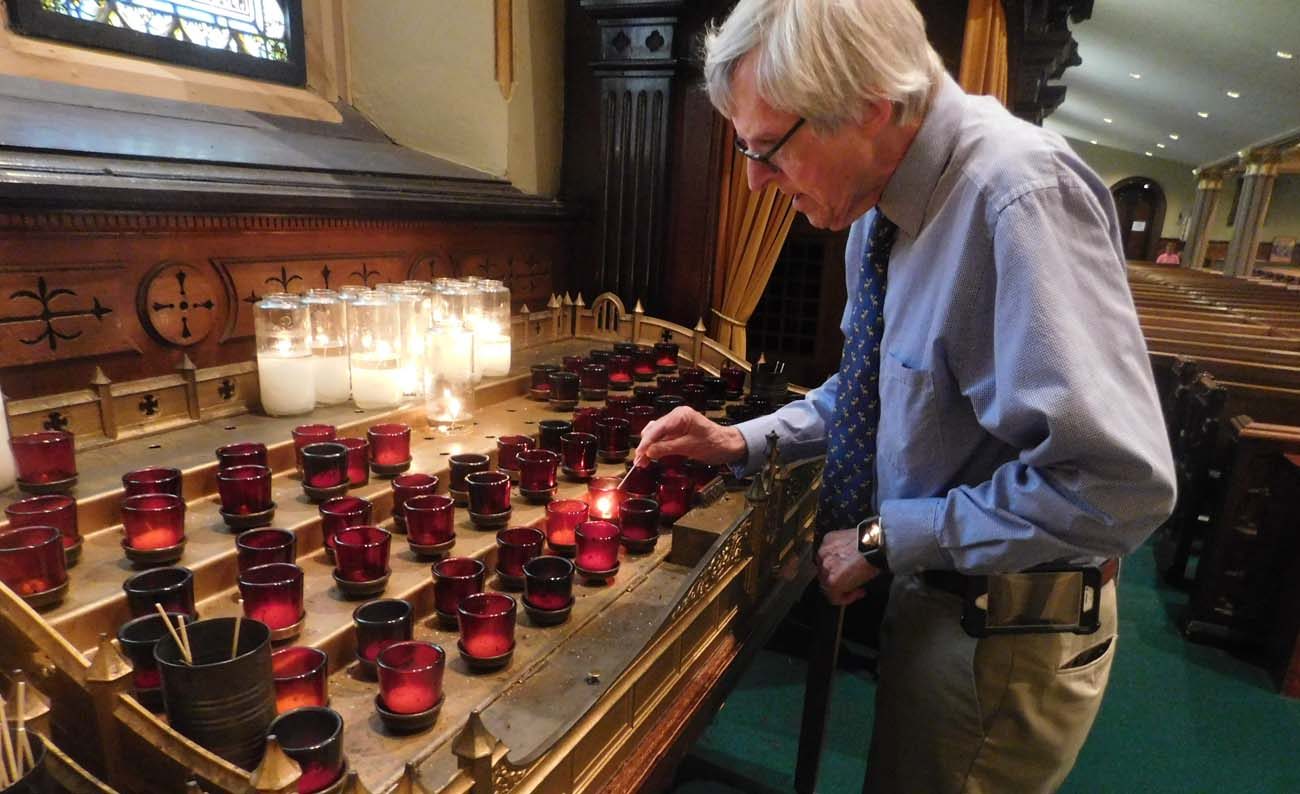
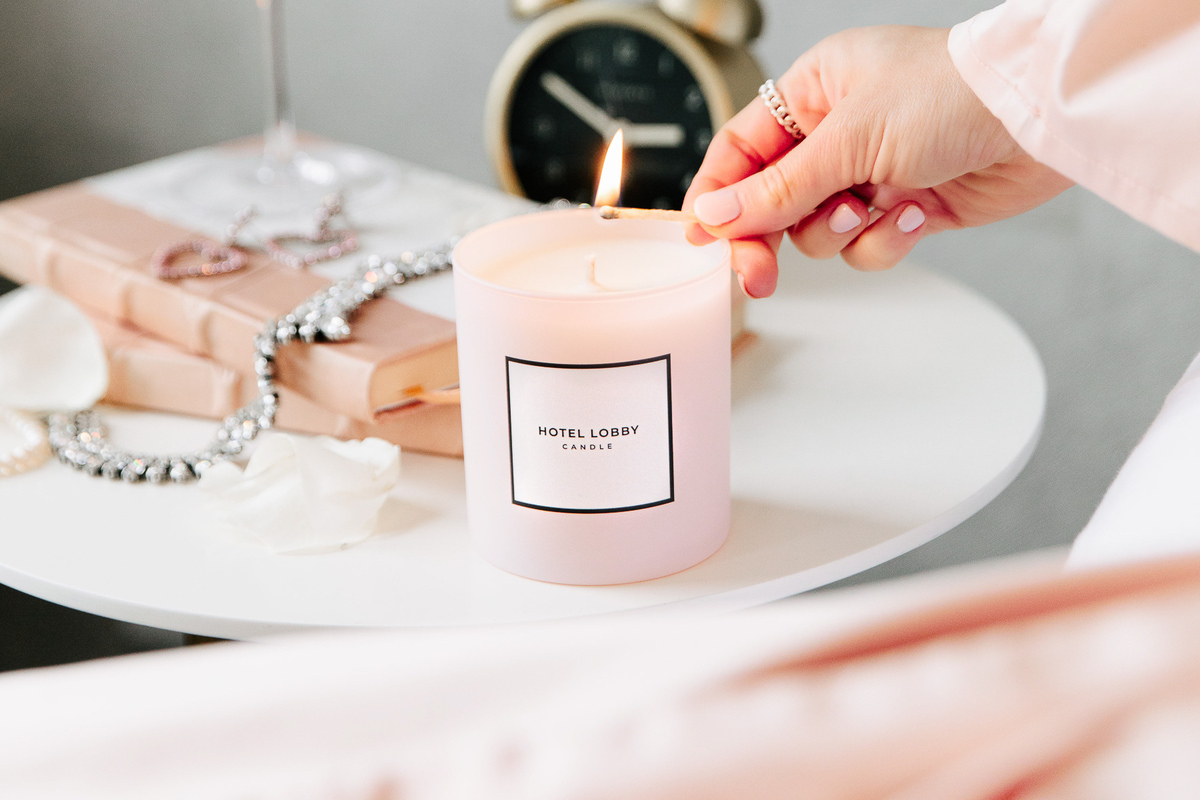
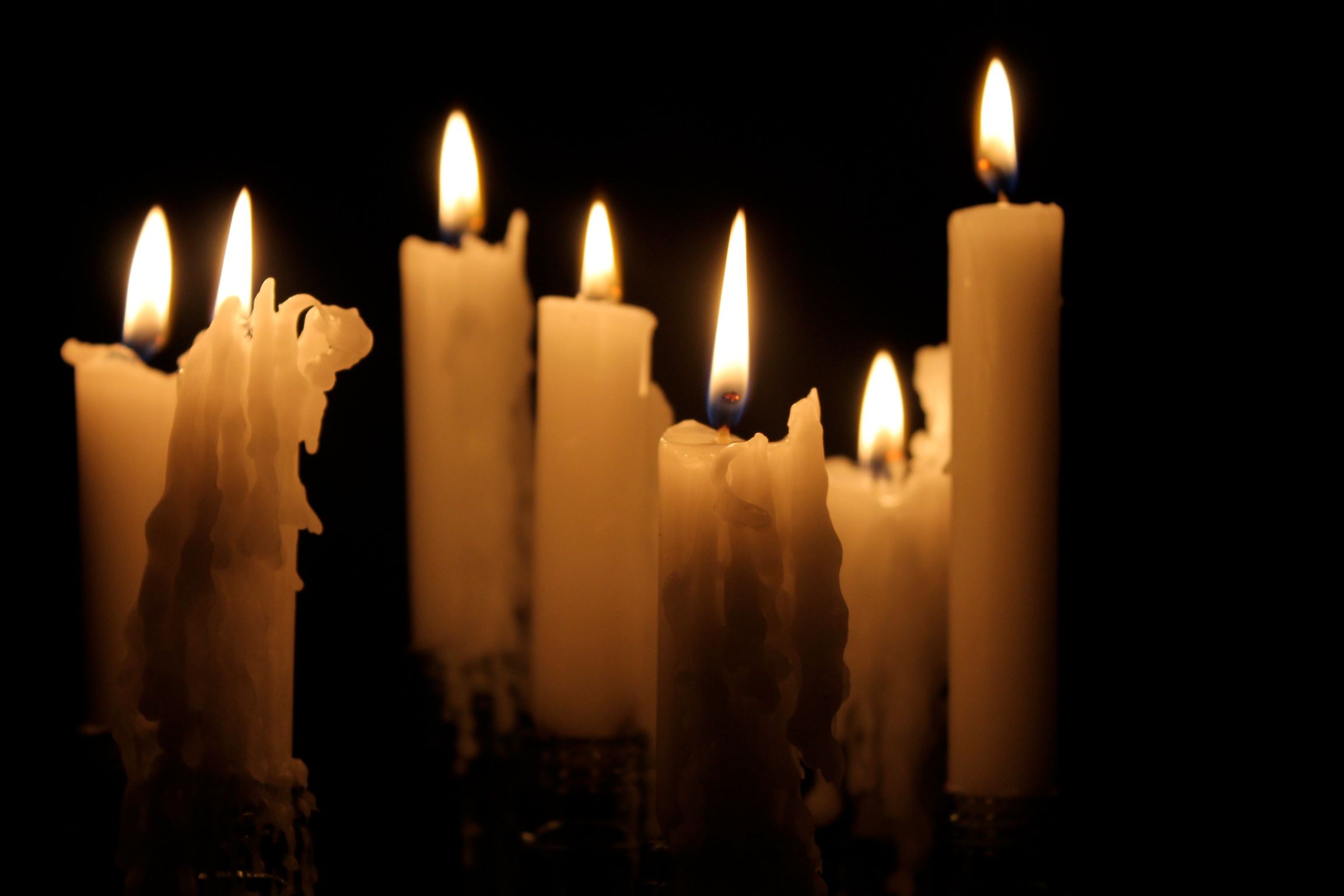
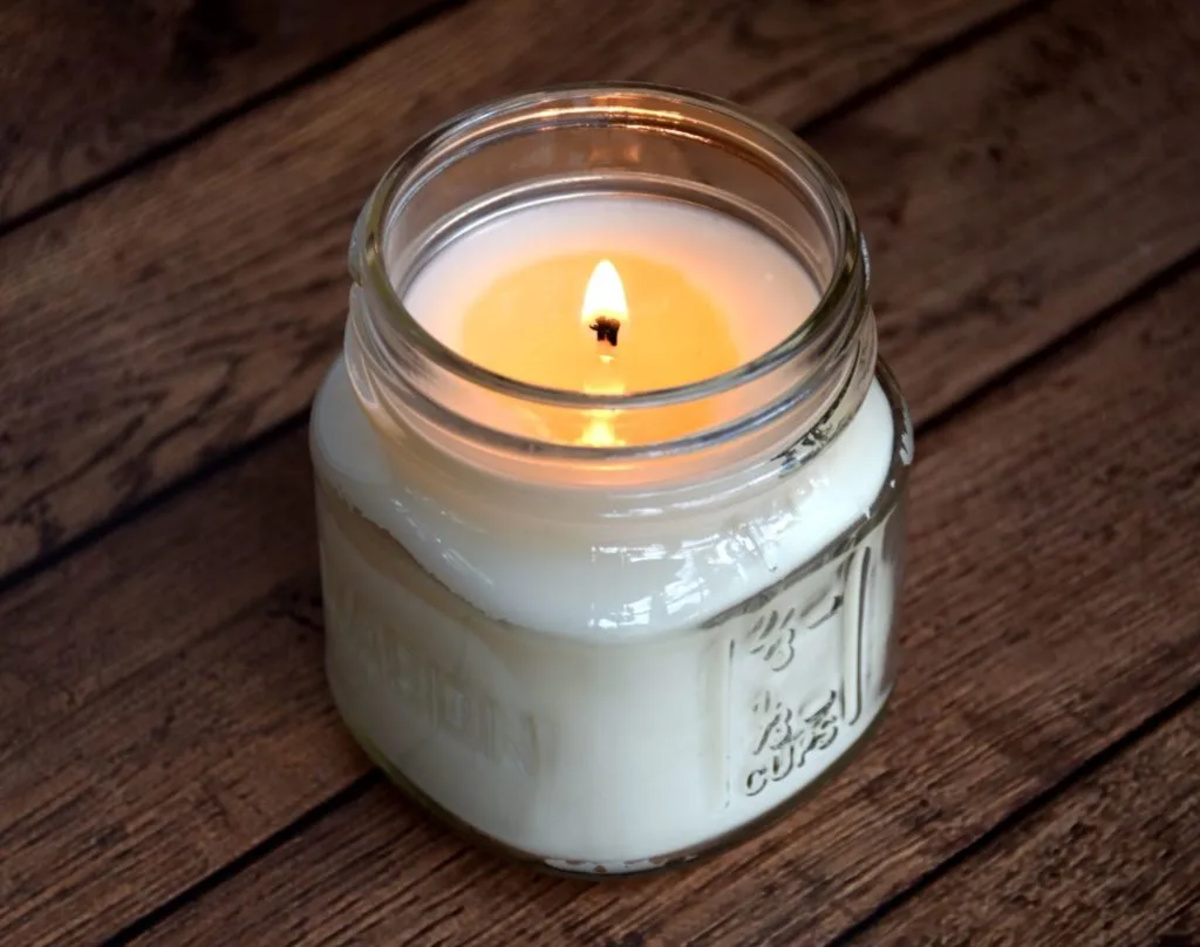
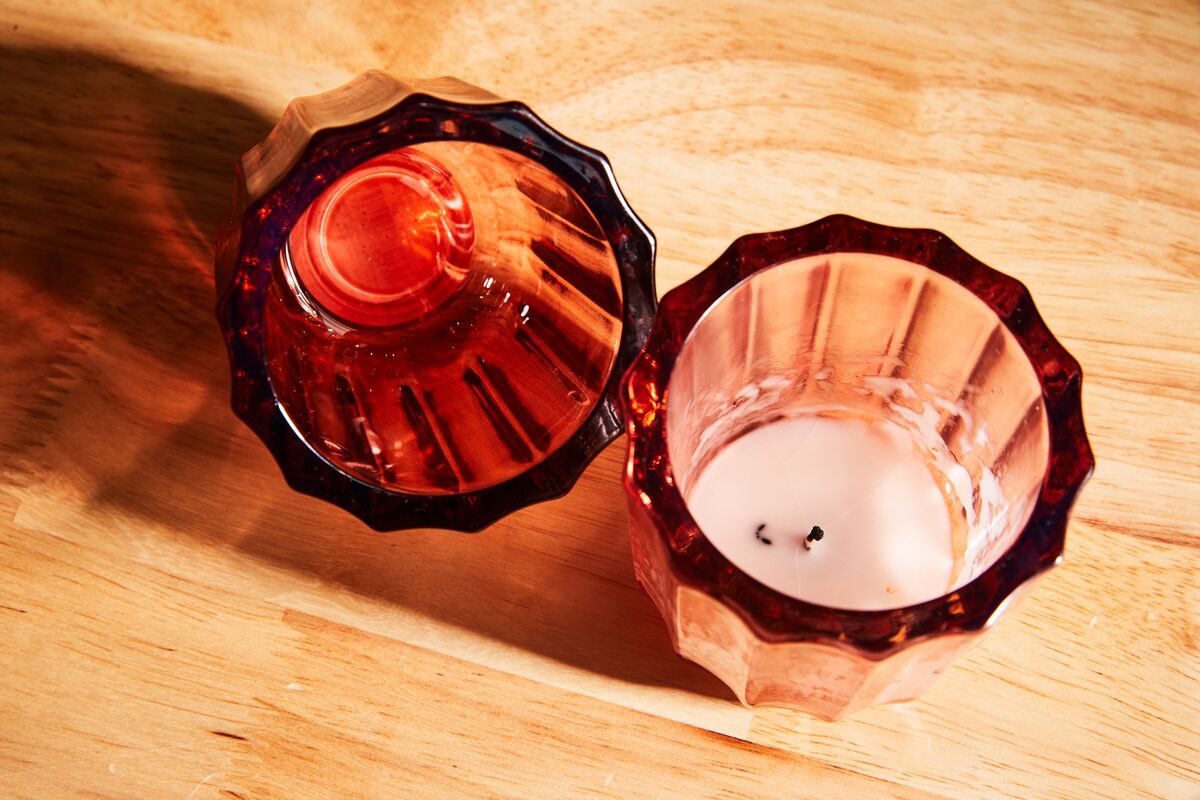
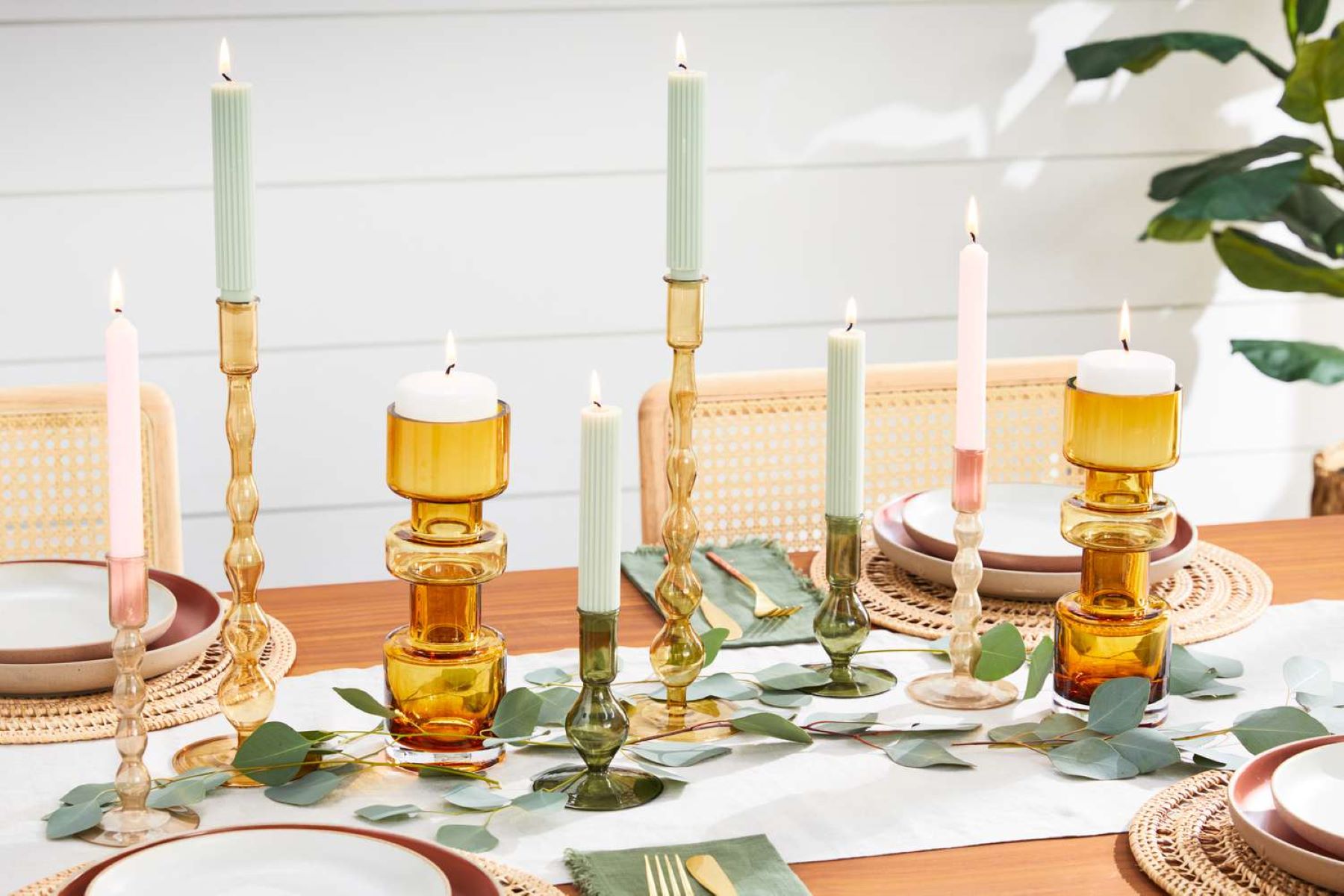
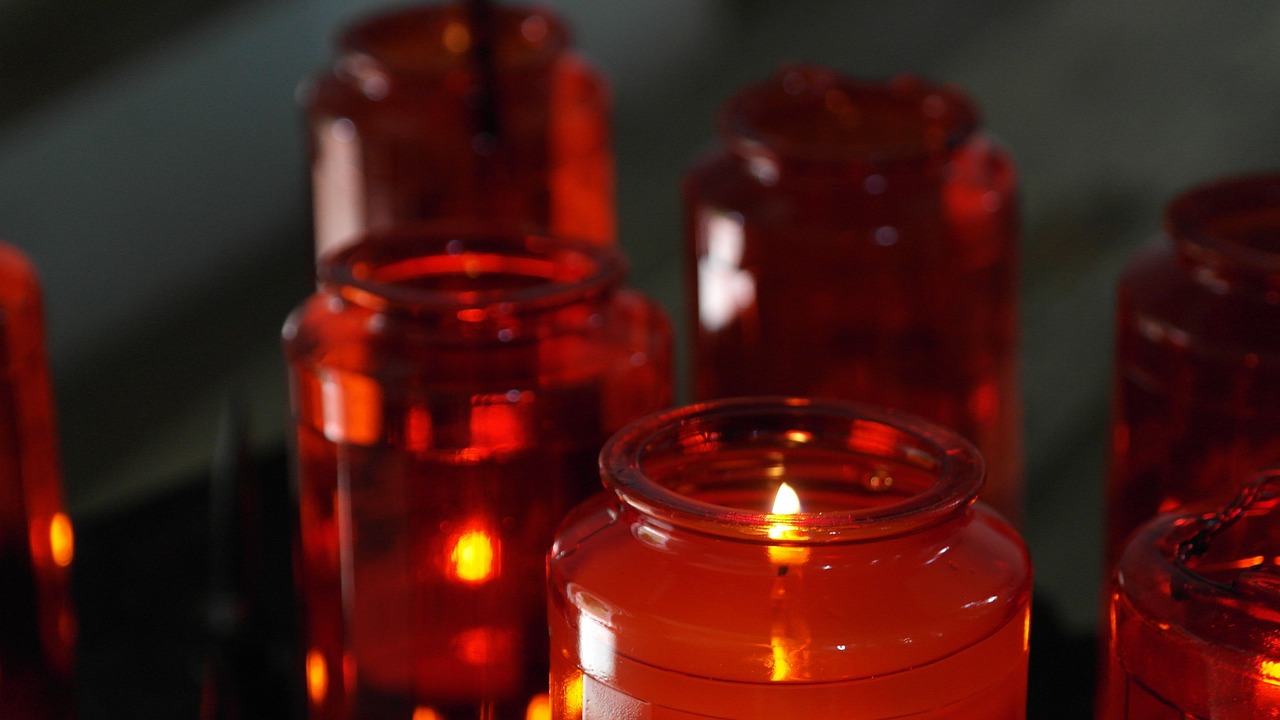
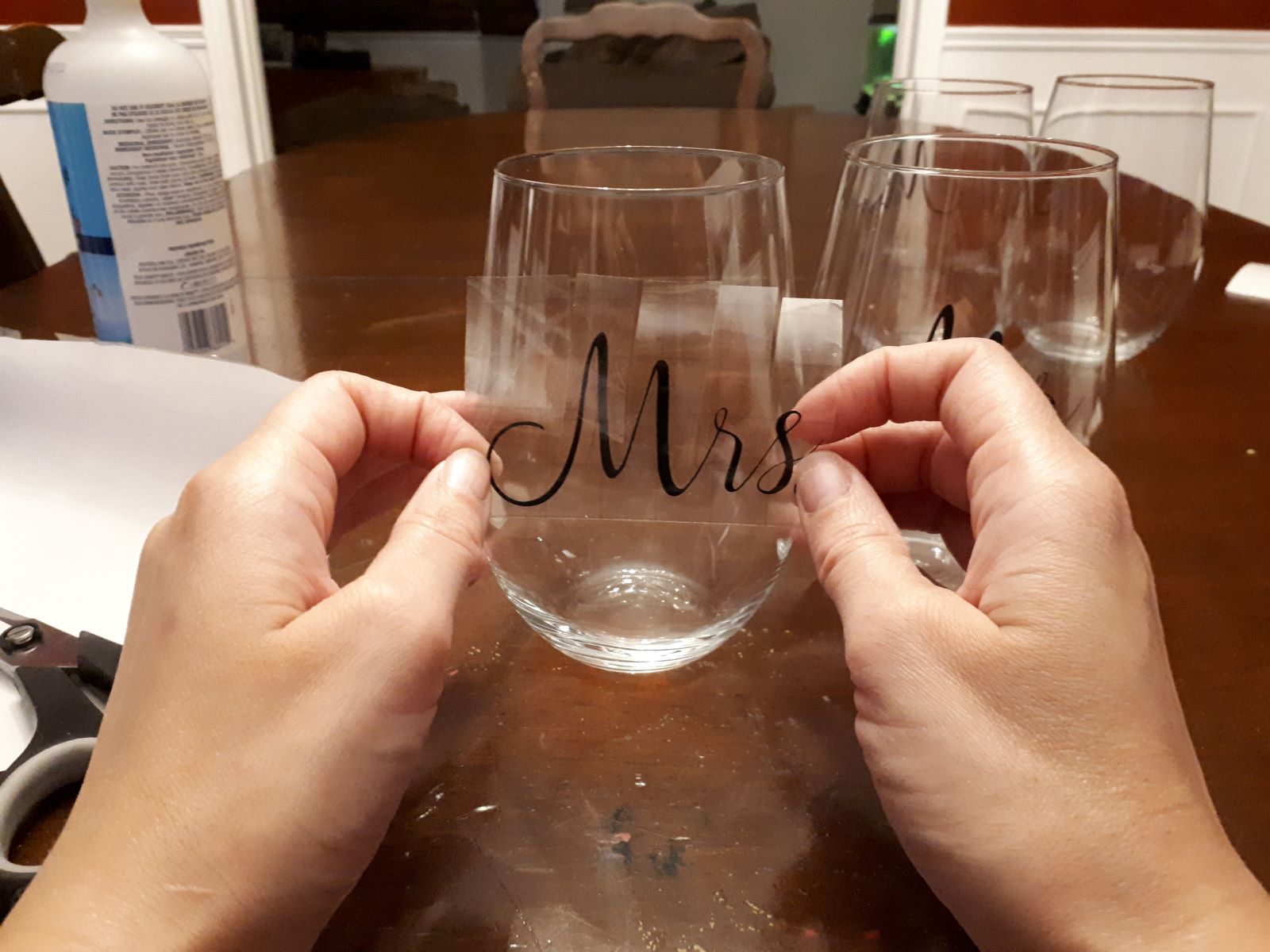

0 thoughts on “Why Put A Glass Of Water Next To A Candle”